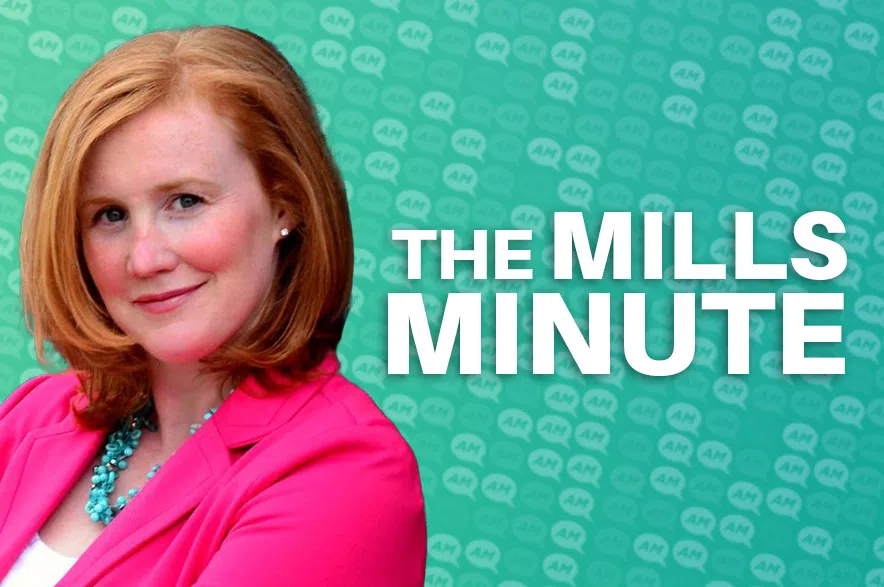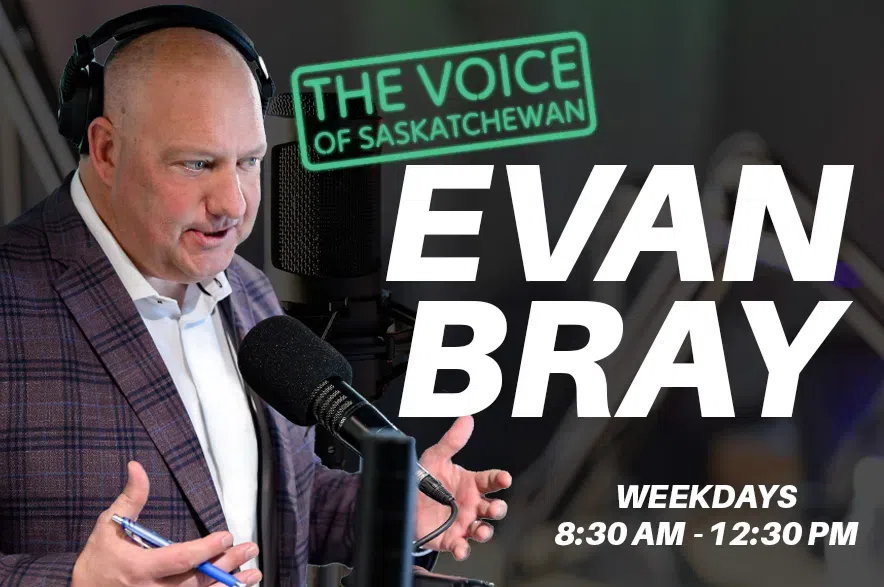Today Canadians across the country gather for the National Day for Truth and Reconciliation to honour residential school survivors, those who never returned home, their families and their communities.
The day is also sometimes referred to as Orange Shirt Day. Shirts worn typically have the slogan “every child matters.”
Read more:
- Why do people wear orange on Truth and Reconciliation Day?
- A heartbreaking history: How Saskatchewan students learn about residential schools
- Sask. govt issues apology to former students of Île-à-la-Crosse School, restitution planned
Here’s what’s happening in Saskatchewan:
Learning at Wanuskewin
Wanuskewin Heritage Park in Saskatoon is a traditional gathering place dating back thousands of years.
“For 6400 years every single nation on the Northern Plains has gathered here, coming to this exact spot for trade, for ceremony and for hunting as well,” the park’s co-executive director Andrew McDonald said on the CKOM Morning Show with Mark Loshack.
Listen to Andrew McDonald on CKOM Morning Show:
That gathering tradition continued for Truth and Reconciliation Day.
Wanuskewin hosted programming to commemorate the day, spanning the morning until mid-afternoon. It included speakers, Indigenous fiddle, drum, and dance performances, orange shirt pin beading, and a bannock bake.
The primary purpose of the day was to provide people with an opportunity to listen and learn.
“Today is just for a lot of listening and reflecting in different ways that you might not be accustomed to in your everyday life,” Wanuskewin’s senior interpretive guide Brad Belisle said about the event.
Residential school survivors as well as Indigenous artists and authors were all present to share their stories and answer questions. Belisle said they’re a resource for people at the start of their learning journey.
Listen to Lyndon Linklater on CKOM Morning Show:
Also speaking with Loshack was knowledge keeper Lyndon Linklater.
Describing his role, Linklater used the analogy of birthday traditions like singing, blowing out candles on a cake, and making a wish.
“Imagine 60 years from today, nobody knows how to do that anymore because of loss of culture. So, this is the role I play,” he said.
Linklater never set out to be a knowledge keeper, but it’s not a role you choose. Instead, it’s a result of being recognized by the community.
“If you go to any city and you ask questions amongst the Indigenous people, ‘Who does a pipe ceremony? Who does sweat lodge ceremonies? Who knows how to do the round dance ceremonies and the songs?’ People will just start giving you these names,” he said.
Being a knowledge keeper doesn’t mean being an expert in everything. According to Linklater, some of them are knowledgeable in ceremonies, songs, language, or counselling services.
Linklater said he’s still learning and often relies on the old people in his community for guidance.
“We’re all familiar with Google and Siri…that’s who our old people are. They’re full of all this particular, specific knowledge, and they can help us with so many things because they have such life experiences,” he said, adding how people pray for white hair because it’s a sign of wisdom.

Installation image from Indian Theater: Native Performance, Art, and Self-Determination since 1969 (Carey Shaw/MacKenzie Art Gallery website)
Indigenous art featured at MacKenzie Art Gallery
An Indigenous art exhibit was front and centre at Regina’s MacKenzie Art Gallery for Sep. 30.
Candice Hopkins is the executive director at the Indigenous non-profit Forge Project, and is also the curator of the exhibit Indian Theatre: Native Performance, Art and Self-Determination since 1969.
On The Greg Morgan Morning Show she said the gallery’s exhibit is meant to amplify Indigenous voices and their lived experiences, bringing up conversations around self-determination.
Listen to Candice Hopkins on The Greg Morgan Show:
“For many of us there has always been a cross-border dialogue. Some native folks call the border the medicine line. So, people have been moving across that line from the beginning, especially in Saskatchewan,” Hopkins said.
Eight artists with Saskatchewan roots were part of the exhibition. That included Ruth Cuthand’s paintings called the Ghost Dress Series. Hopkins said those paintings refer to a ceremony meant to bring back ancestors, but Cuthand changed the Ghost Dance shirts into dresses.
“She said, ‘the way that people have historicized the Ghost Dance often really elevates the voices and roles of men, but we’re forgetting the voices and roles of women,’” according to Hopkins.
For Hopkins, whose mom is a residential school survivor, the day provides an important opportunity for survivors to talk about their lived experiences.
“Together, if we can learn throughout Canada about these histories, we can heal as a nation,” she said.
Indigenous hockey legends in Regina
Also in Regina Indigenous hockey players who made contributions to one of Canada’s favourite sports were celebrated.
The dinner at the Conexus Arts Centre at 5 p.m. features notable Indigenous players, like former NHLers Bryan Trottier, Rich Pilon, Jordin Tootoo, and Dave “Tiger” Williams. The first two were born in Saskatchewan.
Pilon, a former New York Islander, spoke on The Green Zone about the event, sharing some fond memories between him and Trottier.
Listen to Rich Pilon on The Green Zone:
“He took me under his wing pretty much immediately,” Pilon said about Trottier.
For Pilon, this event is about raising awareness.
“It’s sometimes the elephant in the room,” he said. But the evening, is, “a getting together and basically promoting not only Indigenous hockey, but just bringing all cultures together under one roof, and sometimes having a little bit of hard conversation.”
Pilon said that while he was playing in the NHL he experienced racism, although at the time he didn’t look at it that way.
Now, he’s come to learn more about his Métis background and alongside Trottier the two are working together to bring everybody, regardless of culture, into the sport of hockey.
— with files from 980 CJME’s Abby Zieverink and CKOM News
Read more:











